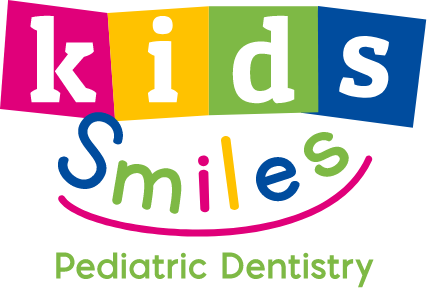The most common types of dental fillings used in pediatric dentistry are composite (white) fillings and amalgam (silver) fillings. How do you know which type of filling is best for your child?
Here’s everything you need to know about the different types of fillings in pediatric dentistry:
What is a dental filling?
Dental fillings are used to fill cavities and restore teeth from damage. Cavities form when bacteria builds up on a tooth, causing the enamel (top layer of the tooth) to decay.
As the cavity penetrates deeper into the tooth, it develops into a small hole. This is when a dental filling, or cavity filling, is necessary to fill the hole. The tooth also needs to be cleaned to prevent further damage.
Cavities that are not filled can lead to a serious infection and cause irreparable damage to the teeth and/or jaw bone. The sooner we can catch a cavity, the easier and more effective treatment will be. (That’s why routine exams with our experienced team are essential!)
Catching cavities early in their development can also prevent nerve damage and painful symptoms.
Types of Dental Fillings
The two most common types of dental fillings are composite resin fillings and amalgam silver fillings.
Composite Fillings
Composite fillings are tooth-colored fillings made of plastic materials, glass and resin. They’re the most common type of filling we use for children. Resin fillings are made to imitate the natural appearance of the teeth for a less noticeable appearance than amalgam fillings.
Pros:
- Composite fillings, or white fillings, are almost indistinguishable from surrounding teeth.
- Composite is a safe and effective dental filling material for children.
- The material bonds well to teeth, making them strong and less likely to pop out of place.
- Preserves more of the natural tooth structure.
Cons:
- Composite fillings are more costly than amalgam fillings.
- Composite fillings take longer to place than amalgam fillings, which can be challenging if young children are not under conscious sedation.
Silver Fillings (Amalgam Fillings)
Amalgam is a mixture of metals, including silver, tin and mercury. Amalgam fillings are generally strong and durable, but have a noticeable appearance and can make teeth more sensitive.
Pros:
- Amalgam can be placed in most areas that have lost tooth structure, including large cavities.
- Amalgam is durable and holds up well against biting pressures.
- Silver fillings are some of the most affordable types of fillings.
Cons:
- Amalgam is silver-colored and therefore noticeable in the mouth.
- About 50% of the material used in silver fillings is mercury, an element that is toxic to humans.
- Amalgam can expand and contract, creating cracks over time, and potentially straining teeth.
Schedule your child’s next appointment today!
We recommend composite fillings for our young patients! If your child needs a tooth filling, we will explain the dental filling process, answer all of your questions and help you make the best decision for your child’s smile and overall health.
Our team at Kids Smiles Pediatric Dentistry is led by Dr. Frank Sierra, who has more than 25 years of experience providing compassionate, expert care for children and teens.
We are proud to be a trusted pediatric dentist near you. Schedule an appointment with us in Town ‘n’ Country, South Tampa, North Tampa or Bradenton!


